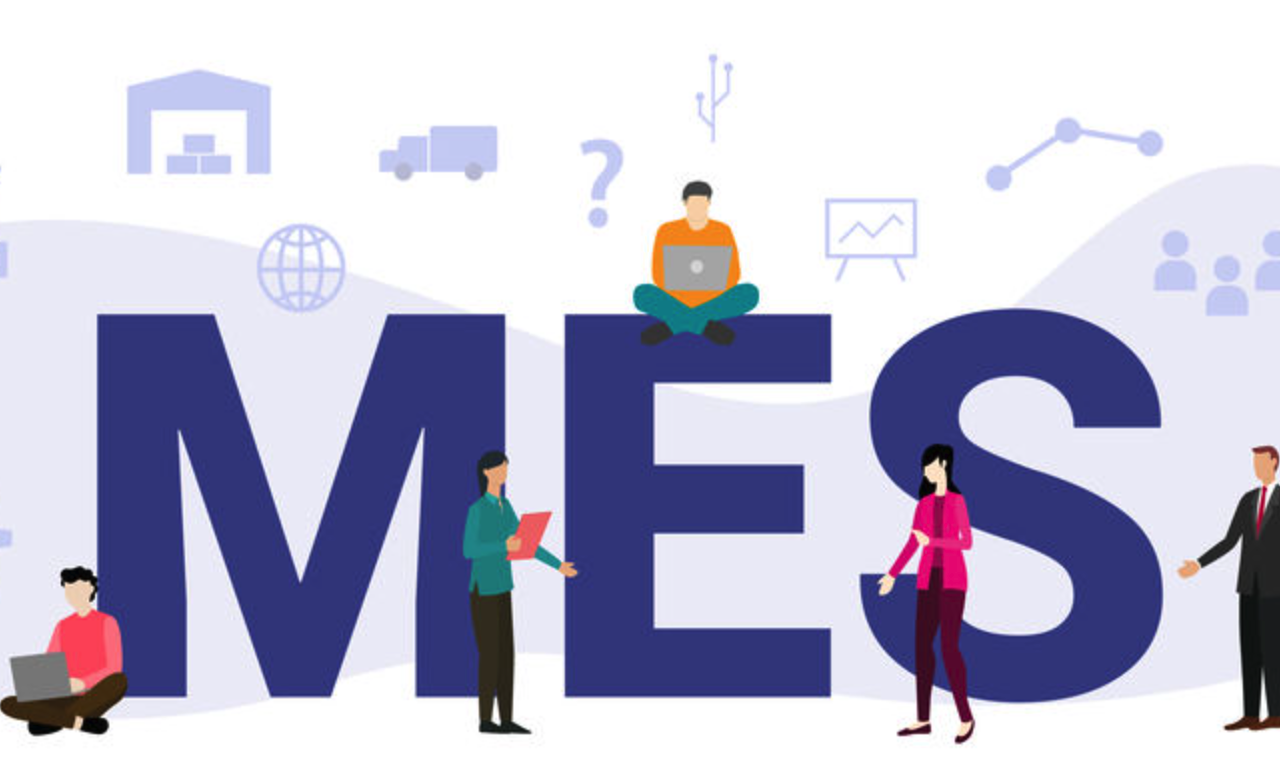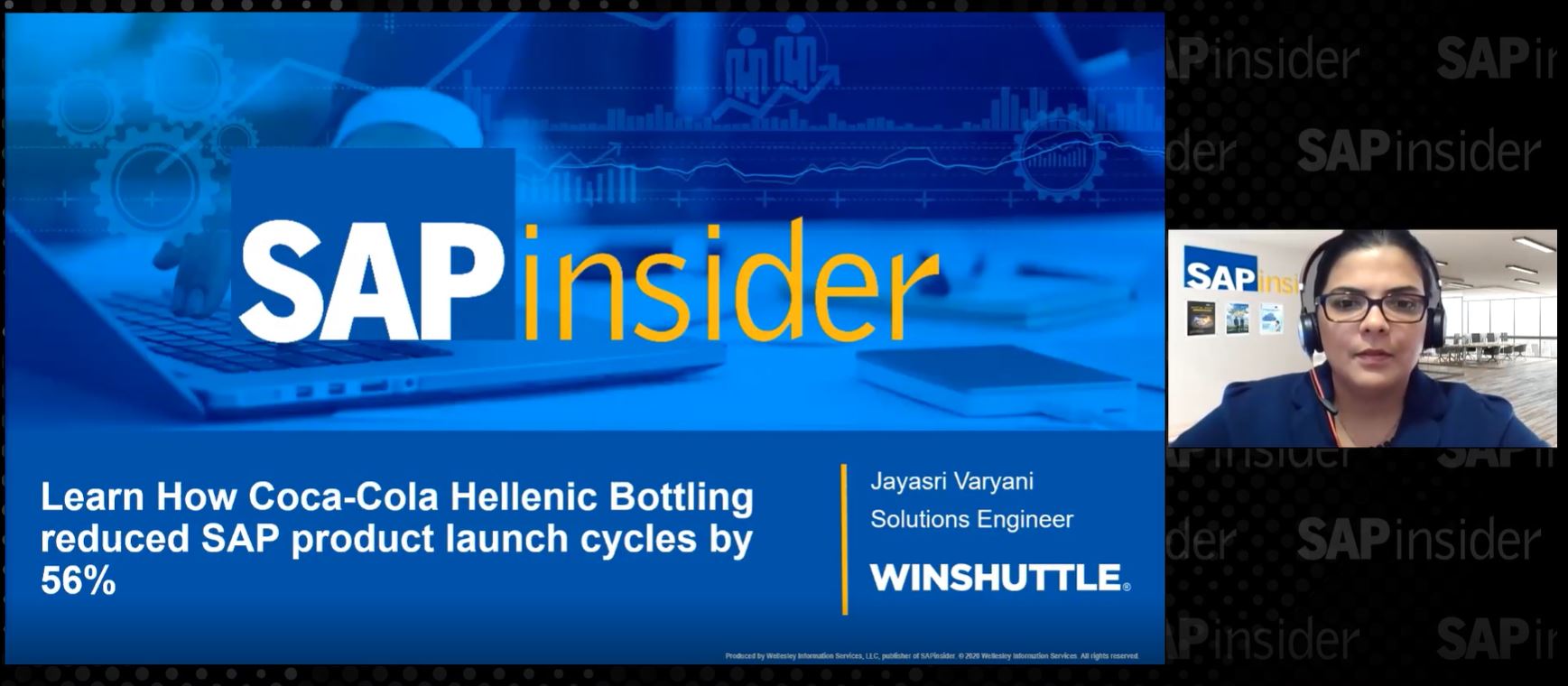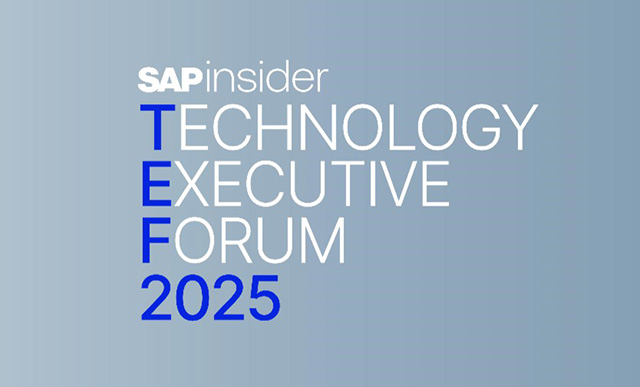For 135 years, Benjamin Moore & Co. has produced innovative paints and stains that have transformed the exteriors and interiors of its customers’ buildings, both commercial and residential. Its SCUFF-X paint lines the walls of high-traffic retail stores, limiting the amount of repainting needed to keep their interiors looking sharp. In the consumer space, its Notable paint gives walls the ability to be drawn on and erased; its Century paint provides a unique finish with unprecedented depth of color.
To make these and other products available to customers most efficiently and profitably, the company relies on a 5,000-member network of independently owned, authorized retailers across the US and Canada. In recent years, it ran into problems related to data management, pricing confusion, and rebate or billback delays that left room for improvement in the quality of the experience for its retailers and customers.
Having relied for many years on a homegrown legacy system to store relevant information, Benjamin Moore knew it could make better use of the 12 million records lying in an outdated platform — the company was in need of its own transformation. In 2013, it embarked on a project to replace its old systems with new ERP functionality that would help fix issues across many parts of its business, including pricing, credit issuance, and data management, and set up a culture of change and continuous improvement within the company.
“It was hard to get at data in terms of visibility,” says Frank Lotito, Director of Pricing at Benjamin Moore. “We had to rely a lot on IT, and our staff could only physically enter so many records.”
Once the company determined it needed new technology, it set out to accomplish a litany of goals: Automating manual tasks, replacing transactional processes with analytical ones, addressing pricing and rebate processing issues more quickly, providing more timely and accurate information to its retailers, and achieving more accurate accruals were all significant items on Benjamin Moore’s wish list. The company chose SAP as its ERP vendor for the order-to-cash, record-to-report, and procure-to-pay processes, and Vistex, which provides pricing, contract, and incentive management solutions and services, as its implementation partner. Vistex’s solution integration with SAP software as well as its own promotions, billbacks, and data management functionalities were among the key reasons it was selected. (See the sidebar at the end of the article for more information about Vistex.)
Implementation Goals and Strategy
The ERP implementation, conducted in two phases, started in November 2015 across its US and Canadian locations and was completed in January 2017. The US and Canadian manufacturing and distribution sites are now all on the SAP system. Benjamin Moore implemented Vistex functionalities for catalogues, trade promotions, rebates, billbacks, and data maintenance pricing.
 In every process we did on the pricing side, we started from the position of hearing what the technology could do and then seeing if that would work for us, versus saying this is how it works today and we want it to work like this tomorrow.
In every process we did on the pricing side, we started from the position of hearing what the technology could do and then seeing if that would work for us, versus saying this is how it works today and we want it to work like this tomorrow.
— Frank Lotito, Director of Pricing, Benjamin Moore
Lotito says that implementation philosophy was to think out of the box and take advantage of what the system had to offer versus conforming the system to how they had been doing business. “In every process we did on the pricing side, we started from the position of hearing what the technology could do and then seeing if that would work for us, versus saying this is how it works today and we want it to work like this tomorrow.”
Acknowledging the unknown was also a piece of the approach. “You don’t know what you don’t know,” says Lotito. “We challenged everybody to ask questions.” To gain familiarity and provide the opportunity for staff to ask questions about what they needed, Benjamin Moore set aside Fridays to work with the software in a sandbox environment. “By the time we did go live, we were ahead of the curve because we had been working on it for a few months and it really paid dividends,” Lotito says. “We took everyone off edge by giving them a lot of exposure to the software.”
The Successes
One of the big wins of the project, according to Lotito, was Vistex’s price catalogue functionality. Before, a generic price catalogue was updated twice a year, at best, even though available materials and prices might have changed between updates. For retailers consulting their catalogue for pricing, this meant that materials could be presented at inaccurate prices. “When we went live with Vistex, we were able to provide a specific retailer catalogue,” he says. “Now we run this job on a weekly basis.”
Lotito adds that the business is proud of the results on the rebate side as well. As part of the company’s loyalty program, rebates were handled by several groups, including marketing, retail, and finance. Because rebates relied on manual reports and credits that were calculated in a spreadsheet, it could take up to 45 days for a credit to be issued to any of the roughly 1,000 retailers in the program — an unsatisfactory delay for Benjamin Moore’s best customers. Vistex automated all these processes and condensed the work within one group (pricing) without adding any head count, and reduced the time for credit issuance significantly. “Now we know how much is going to be paid out, and we went from 45 days to a few days to issue credits,” he says. “It was a big win.”
On the pricing side, maintaining data such as pricing changes was cumbersome. It took one full-time person just to enter price changes in the system. Any time more than 50 records needed to be entered or changed, the IT department had to help upload them. “We would prepare it in a spreadsheet, send it to IT, they would load it into the test environment, and we would verify the results,” says Lotito. “It sometimes took a week to put a price in the system. And if it was a price change with a future date, there was no ability to load it in advance of the date. Without any workflow, pricing errors could go live in the system. With Vistex, we took IT out of it. We absorbed the work. We do all the maintenance ourselves and now there are different levels of approval through workflow, so prices are approved before they are posted.”
Retailers can also achieve better visibility into what promotions are available, which has a dual impact: encouraging retailers and improving the application process itself, which had been a heavy administrative burden. “Out of the gate, our original design said every unique discount and terms condition required a deal code,” says Lotito. “For example, our spring pricing buying opportunity required 32 individual deal codes. As part of our roadmap, we identified an enhancement to associate multiple discounts and terms with one deal code, reducing the number from 32 to two.”
Billbacks, which were a complicated process with heavy reliance on the IT department, are now primarily managed in the pricing operations department. Retailers submitted claim files stating what products they sold, and the IT department would use a complicated, customized, programmatic algorithm and rebate the amount back to them. Through Vistex, the entire process now has been automated with the claims process and rebates calculations administered in billbacks. As a result, the program is now being expanded to enroll more retailers.
With the overall Vistex implementation, most of the IT work was eliminated, and the pricing operations team now spends 15-20% more time on analysis versus administration. “We are spending more time looking at customer profitability and the pricing waterfall, and we are identifying areas to deliver a higher ROI or where there are program opportunities for improvements,” Lotito says. Efficiency has improved: The pricing team has taken on more responsibility with fewer full-time employees, and customer satisfaction has increased, resulting in fewer pricing and credit issuance questions and inquiries.
Ongoing Goals
More automation and upgrades are on the way, as this implementation is part of an ongoing, fluid, multi-year technology roadmap that seeks to enhance Benjamin Moore’s goal of maintaining a culture of continuous improvement. “One of the pillars of our company’s operating principles is the ease of doing business,” says Lotito. "Better technology means better operating processes are in place — but the project is not complete. It’s important not to just put in the system and move on. We are always trying to learn. We have this technology and we are just scratching the surface ─ we are asking the questions about what can we do, and can we do it better. And we have been socializing the system’s capabilities so our staff knows not only how we can automate processes, but how we can yield benefits for our customers.”














